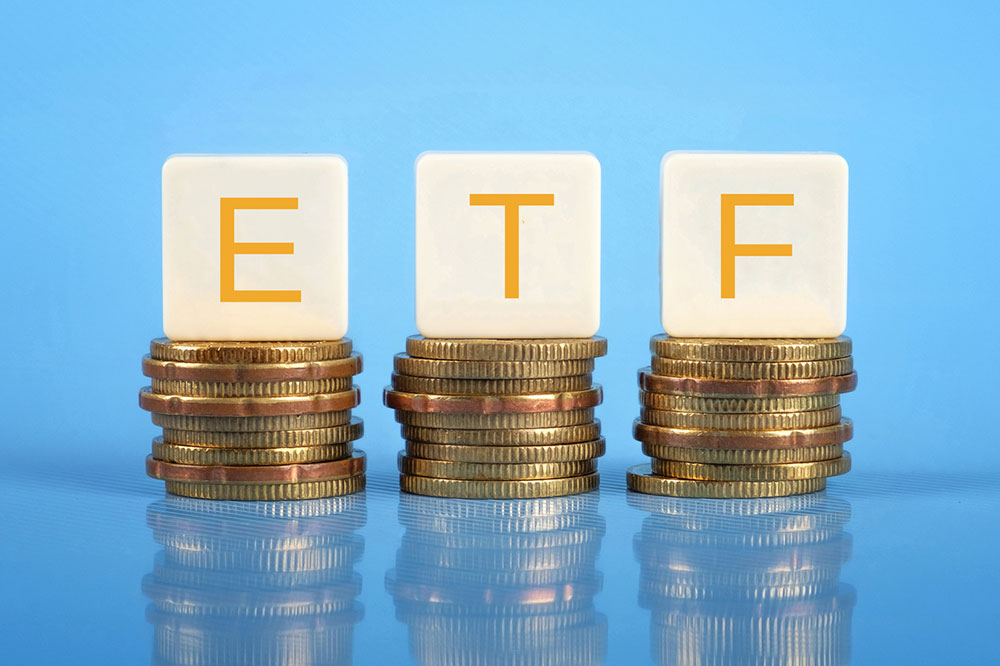Comprehensive Guide to Top Short-Term High-Yield Dividend ETFs for Investors
Explore the top short-term high-yield dividend ETFs that can help investors generate steady income. This detailed guide discusses ETF basics, how they operate, and highlights leading funds like VYM and VIG, along with potential risks, making it ideal for short-term investors seeking reliable dividend income and diversification.

Enhance Your Investment Portfolio with Leading Short-Term High-Yield Dividend ETFs
In today’s dynamic financial landscape, Exchange Traded Funds (ETFs) have become a cornerstone for investors seeking diversification and steady income streams. Particularly, high-yield dividend ETFs are gaining traction due to their attractive payout rates and relatively lower risk profiles. These funds are especially appealing to short-term investors looking to maximize returns over a brief period without exposing themselves to excessive market volatility. By strategically choosing the right high-dividend ETFs, investors can secure immediate income while laying a strong foundation for long-term financial stability.
ETFs are investment vehicles that pool resources to invest in a broad array of securities, allowing investors to diversify their holdings with a single transaction. High dividend ETFs focus on stocks that offer generous dividends, making them ideal for generating consistent short-term income, particularly in volatile or inflationary markets. They stand out by providing diversification benefits that outperform individual stocks or mutual funds and tend to feature lower trading costs. Knowing how to select the best high-yield ETFs can significantly impact your financial goals, ensuring steady cash flow and portfolio resilience.
Before diving into investment choices, understanding the fundamentals of high dividend ETFs is essential. This guide explores what ETF yields mean, how these ETFs operate, and which funds stand out as leaders in providing high short-term yields, helping investors make well-informed decisions for immediate income generation.
Understanding ETF Yields
ETF yield represents the income return derived from the underlying securities within the ETF, including interest payments and dividends. It is typically expressed on an annual basis, either as a percentage of the current market price or the original purchase price. Yield calculations help investors gauge the income-generating potential of an ETF, making it a critical metric for income-focused investors.
How Do High Dividend ETFs Operate?
These ETFs collect dividends from the stocks and securities they hold, which are then distributed to investors either as cash payments or reinvestment options. The dividend yield of an ETF is directly tied to the dividends paid out by the underlying stocks, culminating in a reliable income flow for investors.
The periodic dividend distributions typically occur quarterly, aligning with the dividend schedules of the held securities. This consistent payout structure helps investors plan their income streams more effectively.
Most high dividend ETFs distribute dividends quarterly, combining earnings from their diversified holdings and passing these dividends proportionally to investors.
Fund managers have the obligation to distribute dividends either in cash or through reinvested shares, according to investor preferences and tax considerations.
Types of Dividends in ETFs
Qualified dividends are taxed at lower long-term capital gains rates. To qualify, the stock must be held for more than 60 days prior to the dividend date, encouraging investors to adopt a long-term holding strategy for certain assets.
Non-qualified dividends are taxed as ordinary income and typically come from stocks that do not meet the holding period criteria, often associated with shorter-term investments.
Top Short-Term High-Yield Dividend ETFs to Watch in 2023
Vanguard High Dividend Yield ETF (VYM): Known for its low expense ratio and focus on dividend growth, VYM tracks the FTSE High Dividend Yield Index, providing a reliable income stream for short-term investors seeking stability and growth potential.
S&P Dividend ETF: Following the S&P High-Yield Dividends Aristocrats Index, this ETF includes stable, high-dividend-paying companies from the S&P 1500 index, reducing risk while providing consistent income.
Vanguard Dividend Appreciation ETF (VIG): Focused on companies with a proven history of increasing dividends, such as Microsoft and Johnson & Johnson, VIG appeals to domestic investors looking for resilient income sources.
iShares Select Dividend ETF: Specializing in smaller, high-yield companies across sectors like utilities, financials, and industrials, this ETF offers diversified income and sector exposure for short-term gains.
BlackRock’s iShares Core High Dividend ETF: Emphasizing sustainable dividends and earnings growth, this fund tracks a screened set of U.S. stocks with robust dividend records, suitable for income-focused portfolios.
Risks and Downsides of Investing in Dividend ETFs
High turnover and frequent trading may lead to elevated transaction fees, impacting overall profitability.
Market fluctuations can influence ETF values, especially in volatile or bear markets, potentially reducing expected returns.
Liquidity issues may arise in smaller funds, making quick trading more challenging and possibly incurring wider bid-ask spreads.
Distributions from ETFs are taxable, which may reduce net gains depending on your tax bracket.
Brokerage commissions and management fees can accumulate, especially for active traders or small portfolios, affecting overall net return.




